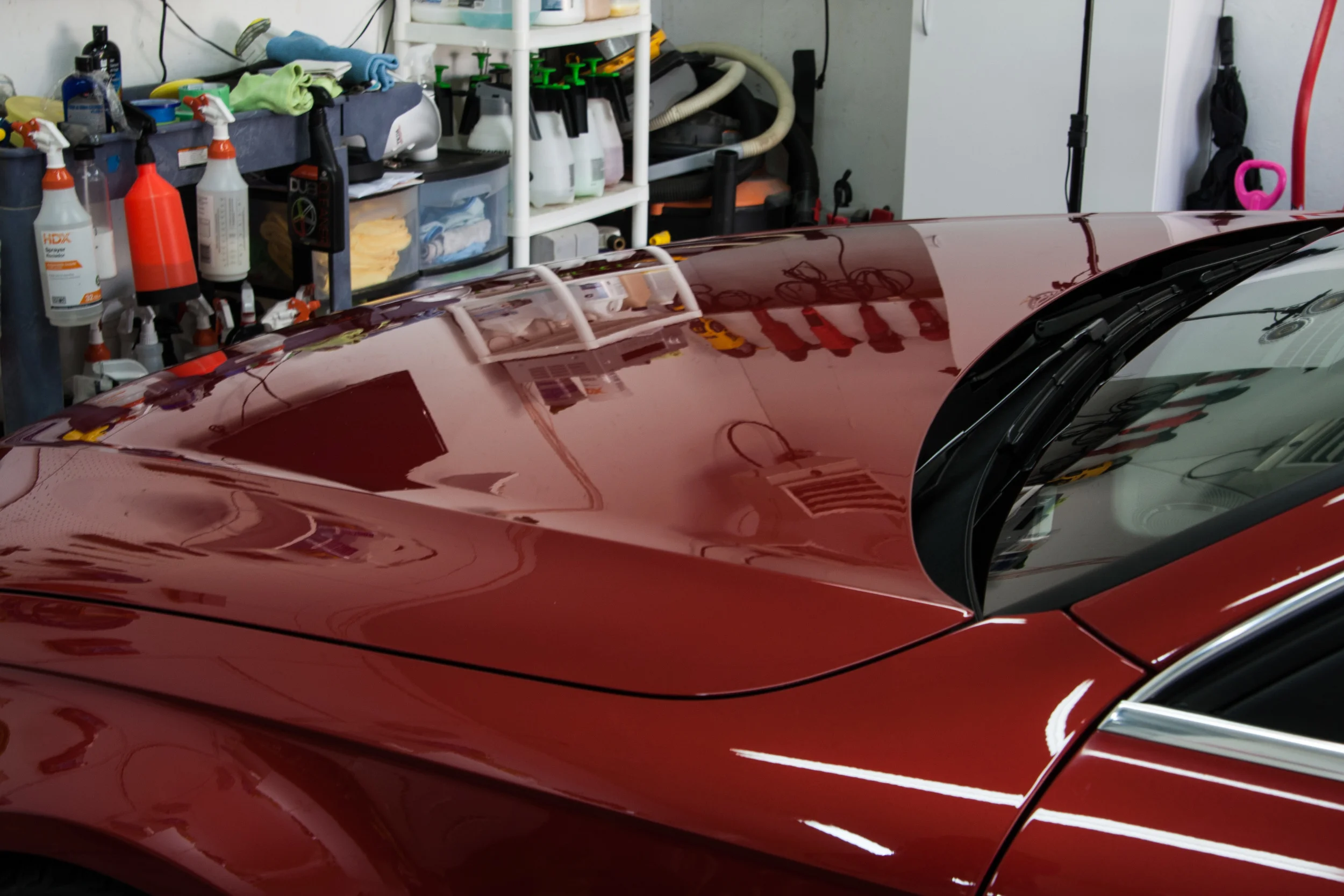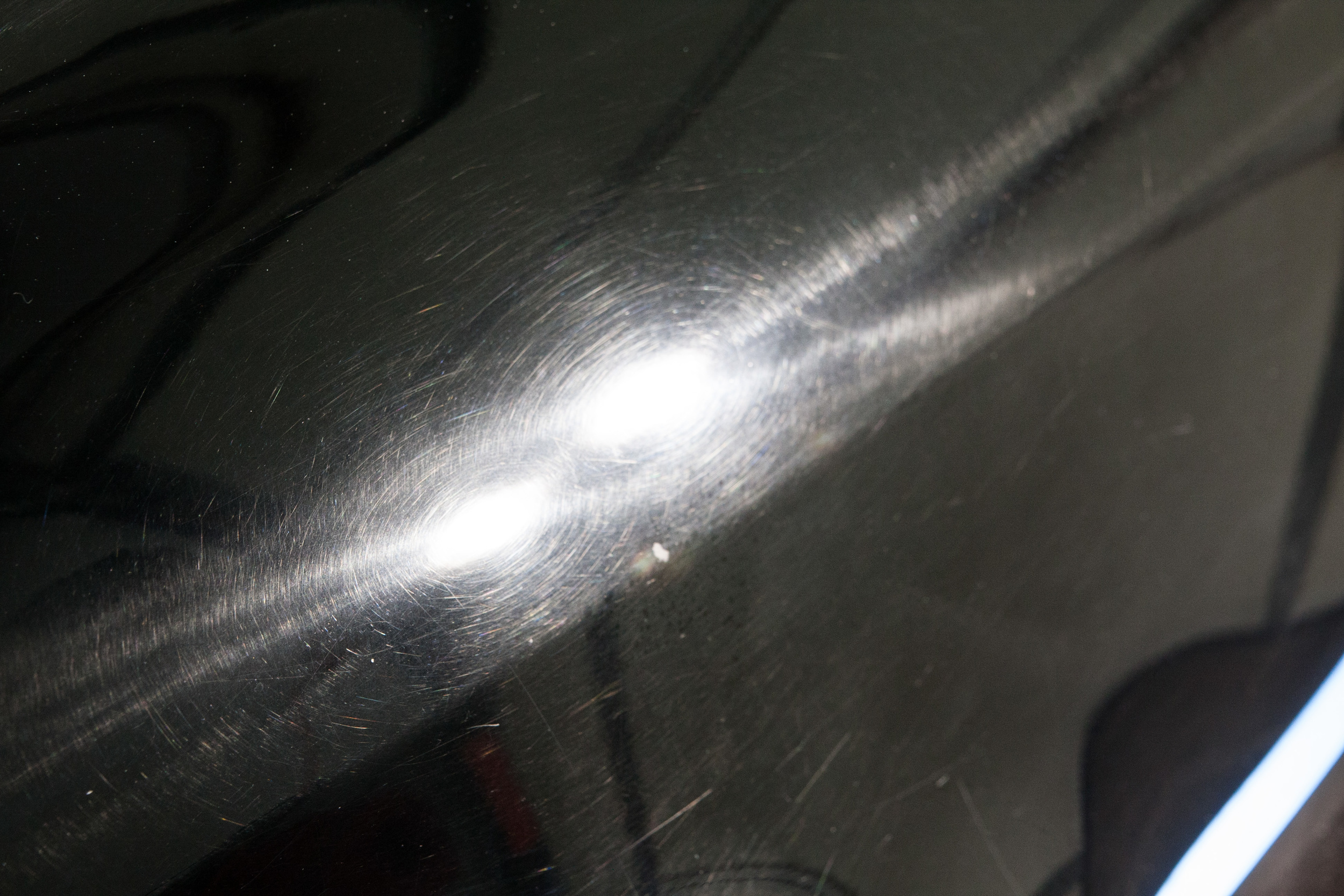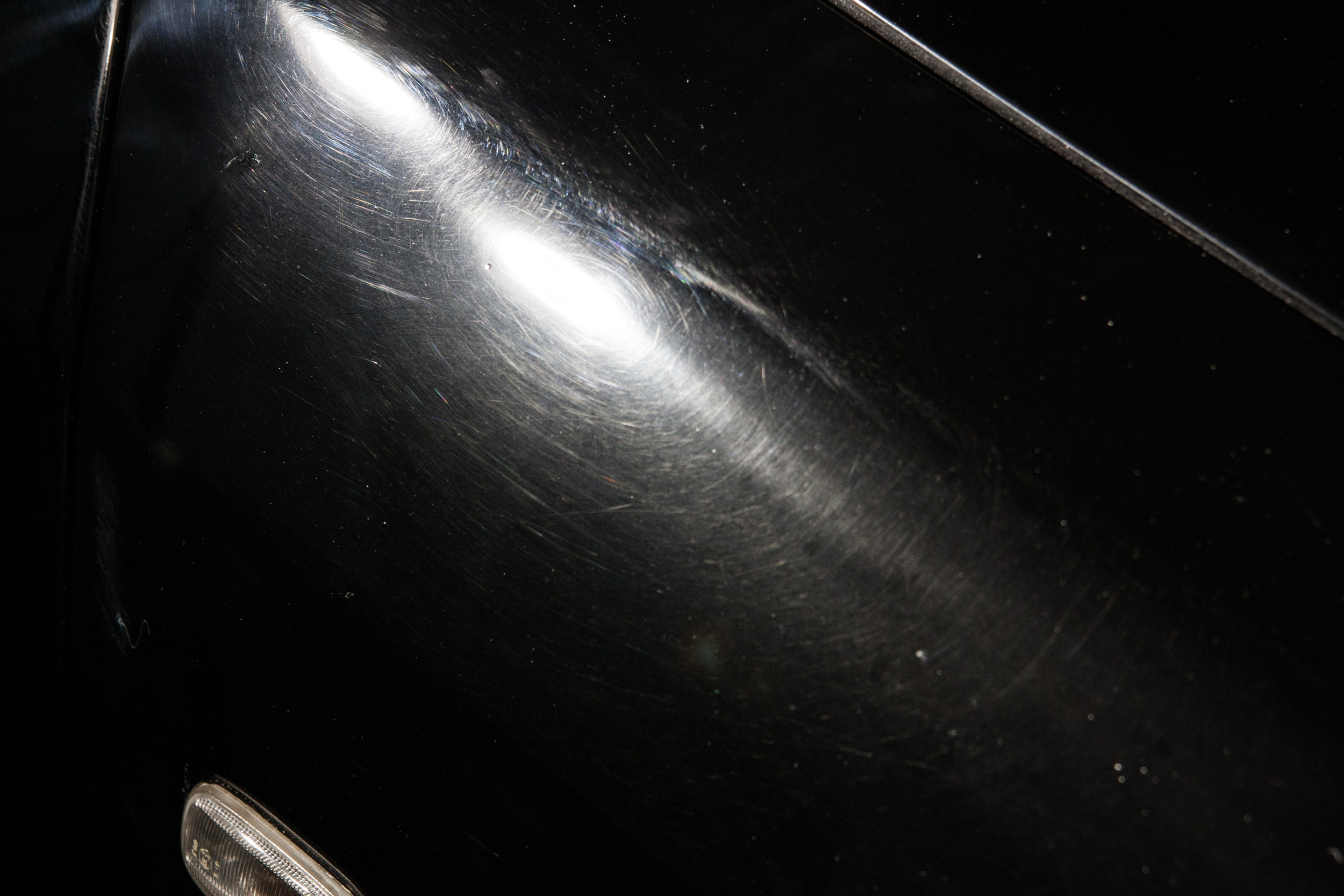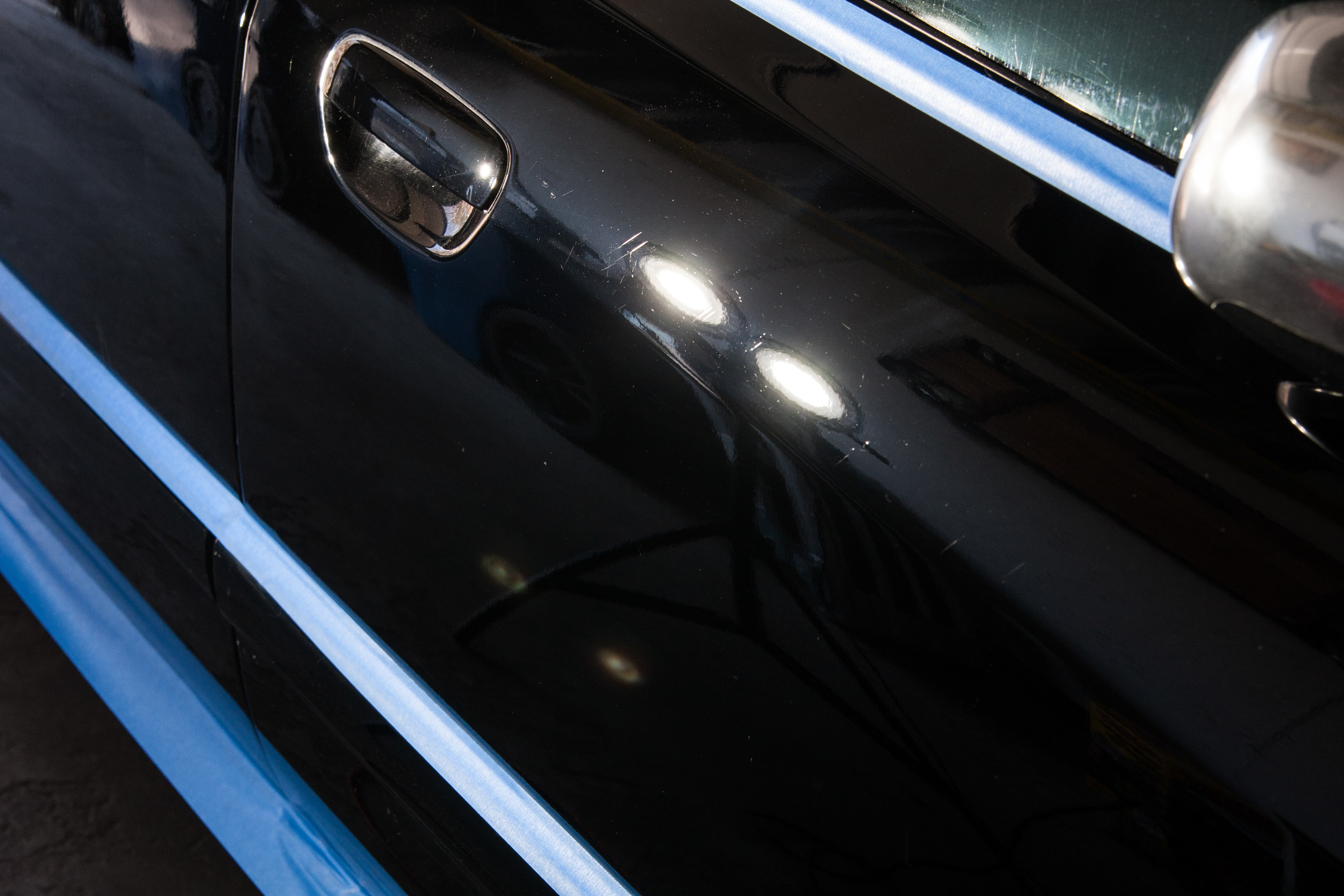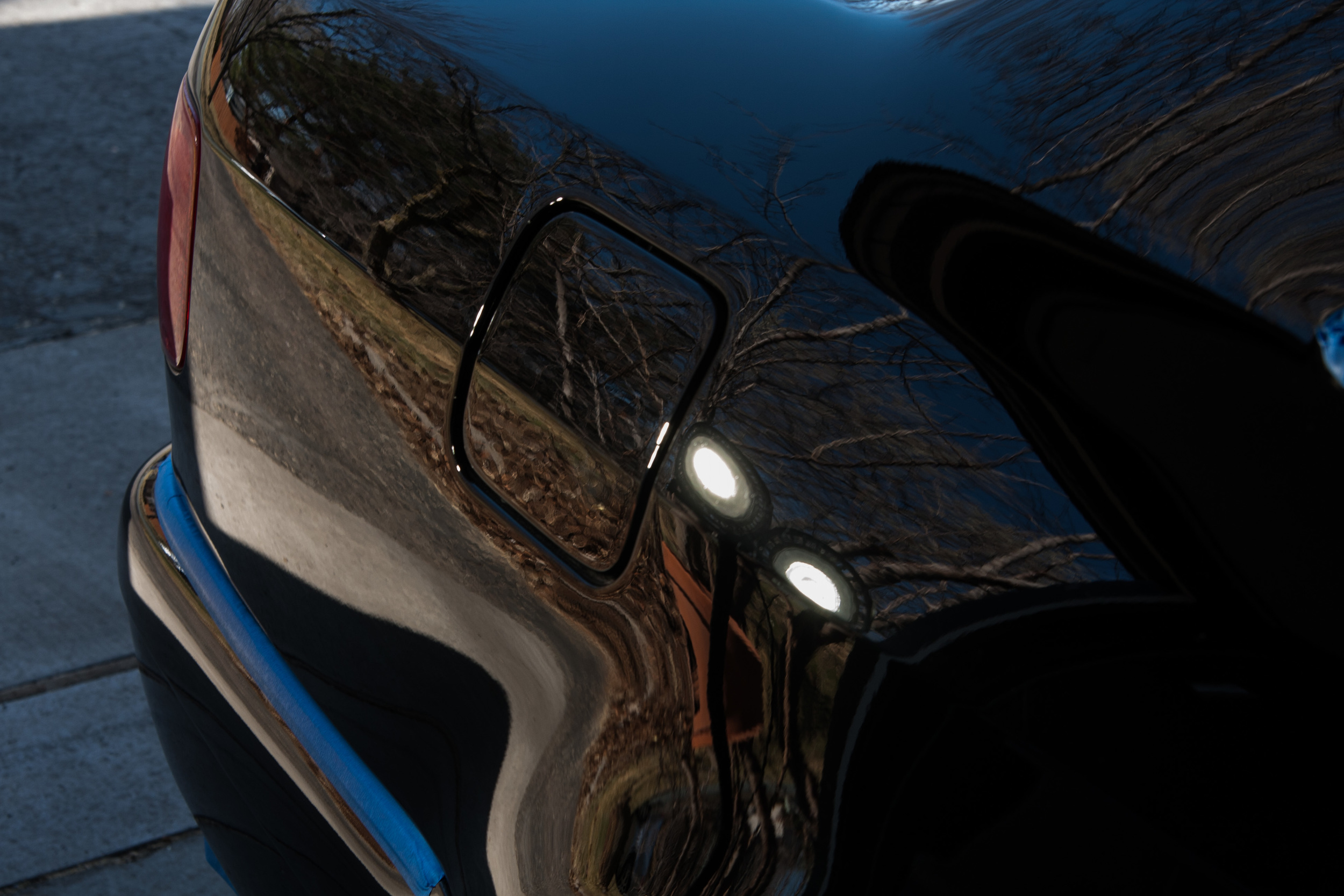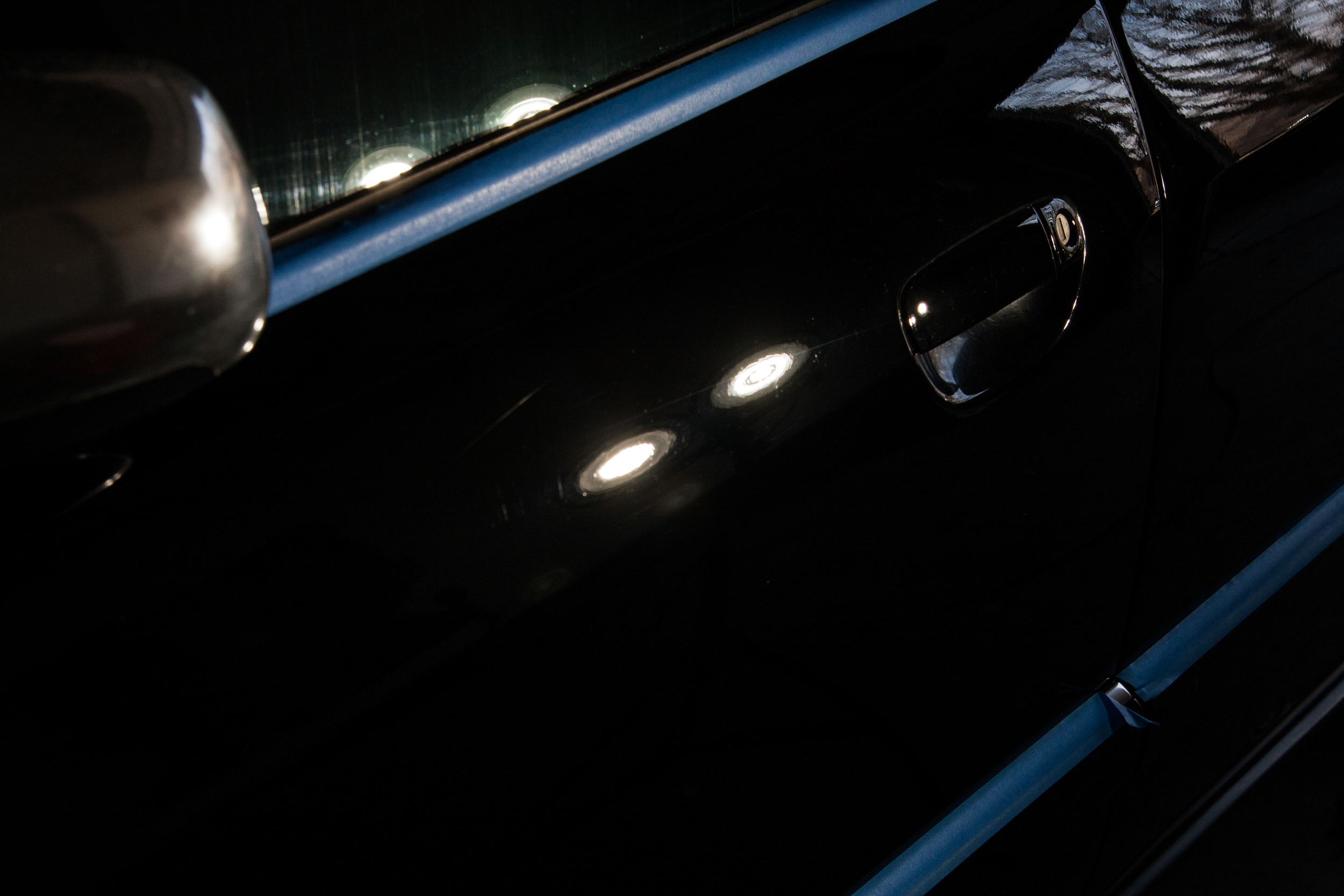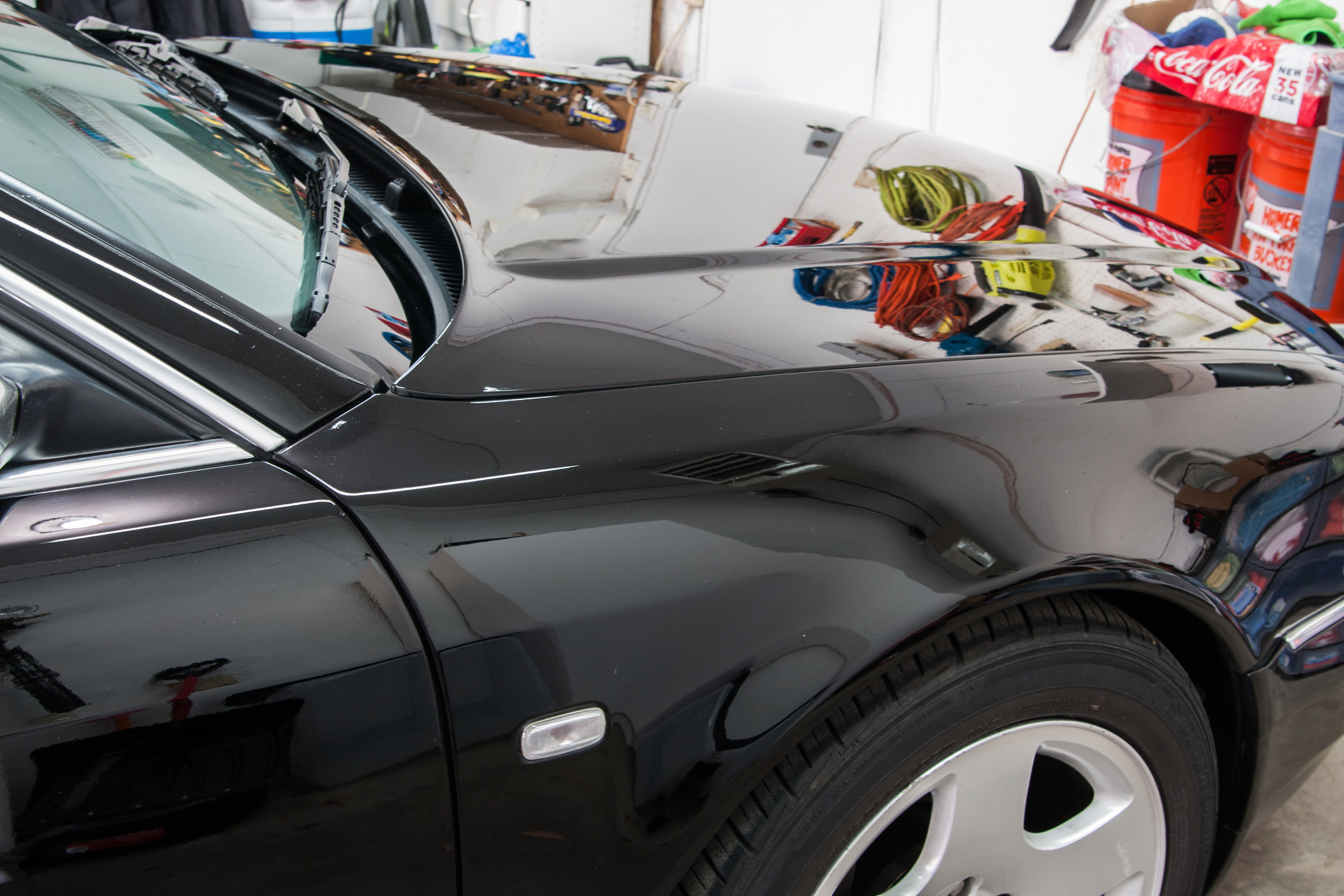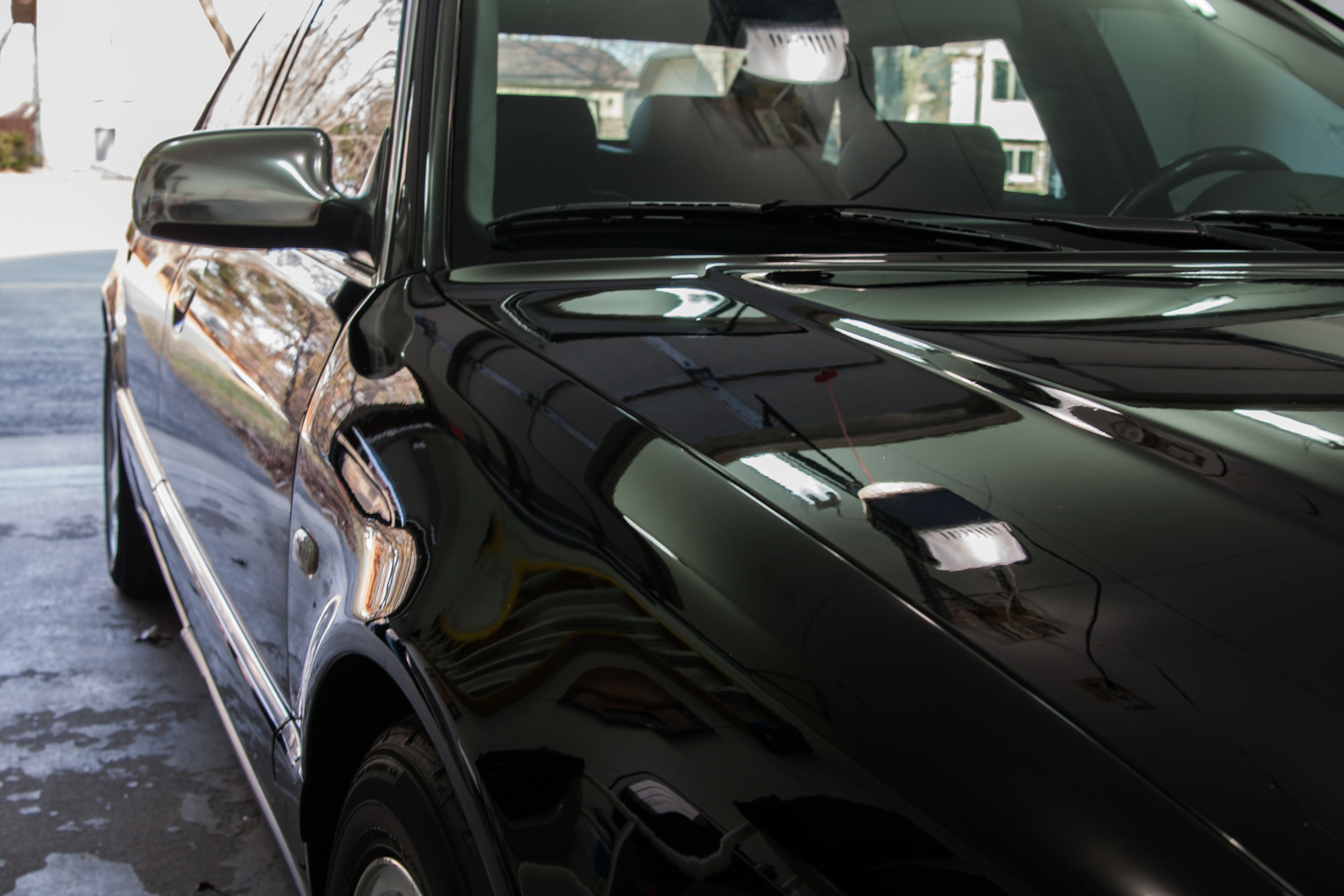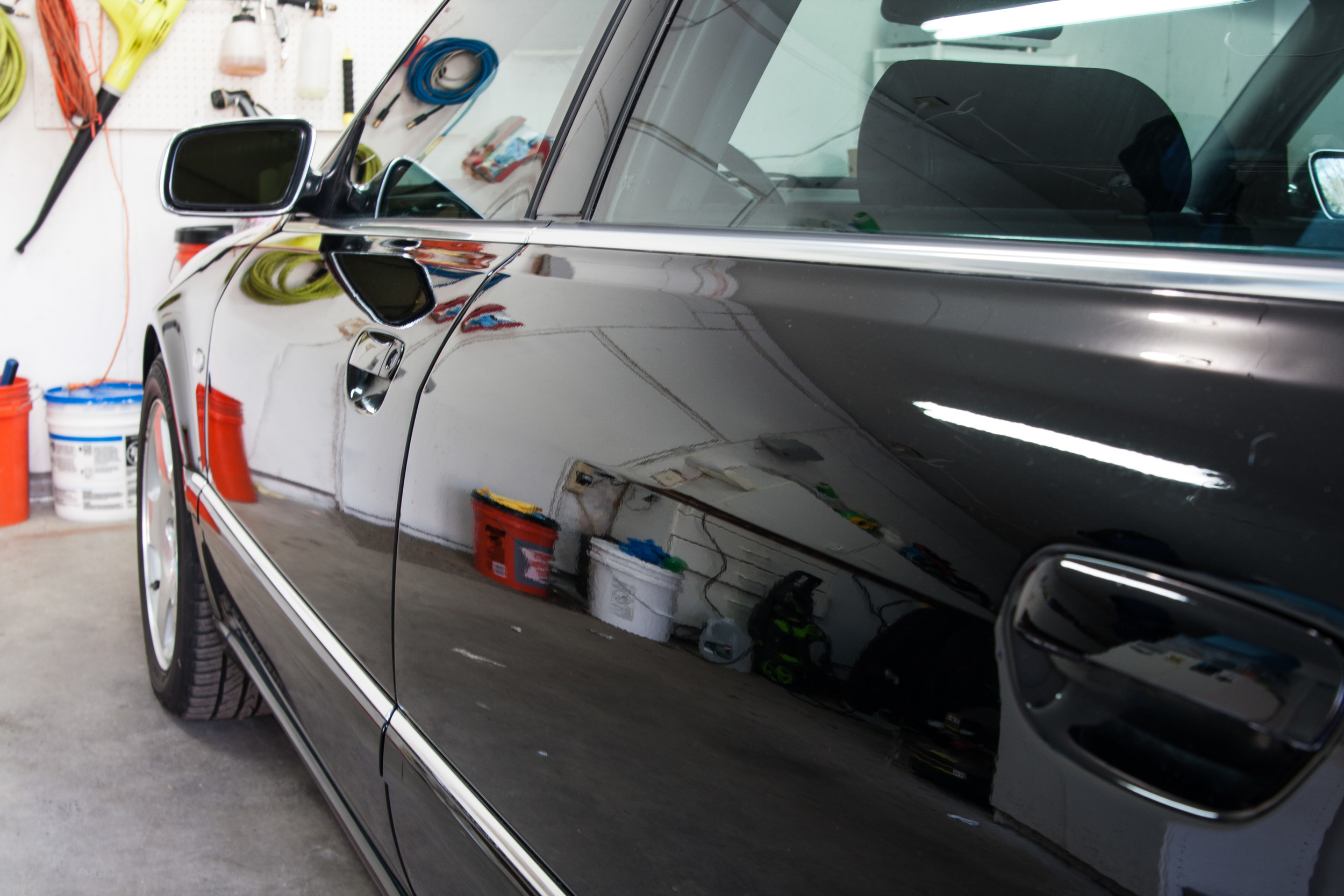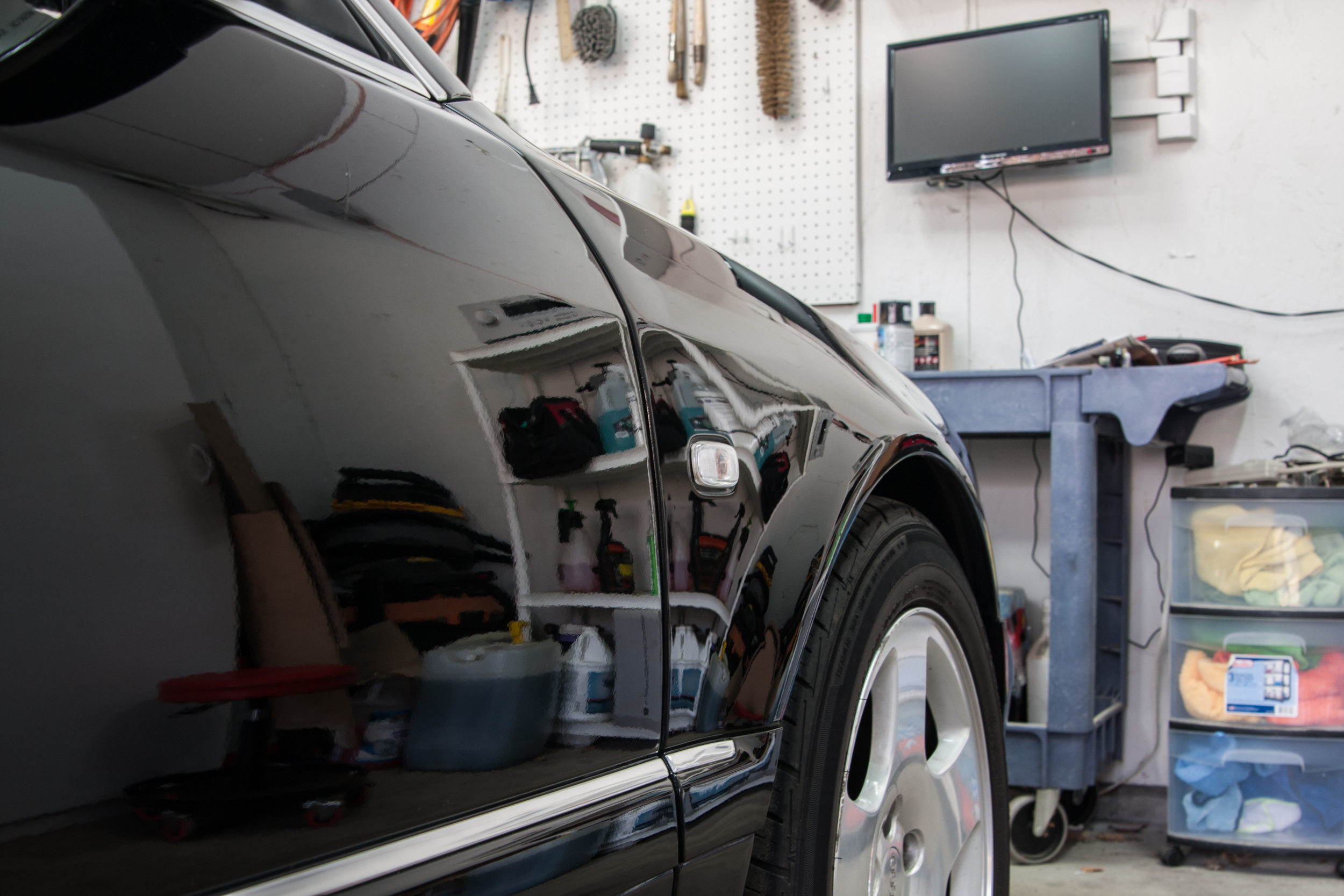Frequently on discussion forum and facebook groups you'll find someone interested in correcting their own car and asking for advice on products. Often they'll say they saw a video of a paint correction and figured they could do the same. Sometimes, they'll mention they watched hours of videos and feel prepared to do the work. Having that base knowledge of how to do a test spot, how to identify defects and choose products and equipment is important. But, in my opinion, the critical piece overlooked by many beginners is the human element. Thinking you can replicate what someone does in a video and get the same results is a recipe for disappointment. What videos fail to capture is the human element involved in paint correction.
There are many factors involved in paint correction that are a direct function of only the detailer. Some of the major factors are listed below.
- Sections size
- Number of passes
- Pressure
- Machine speed
- Arm speed
- Angle of attack
These are all variable controlled by the user in the moment. Small changes here can have a dramatic affect on your results. We'll go into some detail on each below.
Your section size may be a function of the panel you are working on and you may be limited on how it can be divided. Generally, doing more small sections will take slightly longer than one large section, but smaller sections isolate the abrasives to a smaller area and allow them to do more work. When doing smaller sections, I may work several before wiping off the compound, this will help save a little time, but you still need to inspect your results. Smaller sections can also be beneficial if your compound or polish is drying out too quickly. Smaller sections do tend to use more product and pads get loaded faster, so expect to clean your pads more often or use more pads for the correction.
The number of passes you do has a direct impact on the level of correction. More passes will mean more correction. It's important to note the type of abrasives you are using, some will require that work them a certain amount of time to completely break down. When stopping too soon, you will be left with an inconsistent finish, this is generally called 'short-cycling'. The converse is also true, with a diminishing abrasive, after a certain number of passes, the abrasive as diminished to a point where is can no longer cut effectively.
The downward pressure you put on the machine also has a direct impact on correction. But is also generates heat and can wear pads prematurely. With free spinning machines there is a limit to the amount of pressure you can apply before the pad stops spinning and you are no longer effectively correcting the paint. The key is to find a pressure that is still allowing the pad to rotate. Easing up on pressure for the last few passes can aid in finishing he paint better when using an AIO or polish.
Machine speed is a little more tricky and this is where the test spot is so important. Some machines and abrasives like to be worked at a higher speed and this generally results in more defect removal. But there are unique circumstances. The Flex 3401 with a hybrid pad and menzerna can get outstanding correction when run at speed 3, whereas the correction at speed 5 or 6 may not be as good. Similarly, when jewelling paint with an ultrafine polish, many people find that a rotary polisher running at 600 rpm is optimal, rather than the typical 1000-1200 rpm.
Arm speed once again has a direct impact on correction. The saying goes, 'slow down to speed up'. That is, slower arm movements will allow for faster cutting and in general a faster trip around the vehicle. This also plays into what is referred to as abrasive isolation. This is moving the pad slow enough that it carries more abrasive under the pad rather than leaving it behind the polisher. In this way, you are isolating the abrasives to the pad face. There is once again a balance that must be struck. The slower you move, the more time passes for the carriers in the polish to dry out. When this happens there is nothing to capture abraded paint and the result is a scouring action that leaves the paint finish less than ideal. To alleviate this, you may consider wither speeding up your arm speed, shrinking the section size or using a supplemental wetting agent to reactivate the polish and provide a medium to carry away spent paint and abrasives.
Angle of attack is tricky as well. We are referring to the direction you move the polisher and any tilt relative to the paint surface. In a perfect world all panels would be square and flat. This would make for very easy and uniform polishing, but also very uniform and ugly cars. Dual action polishers do not like to have any tilt on the pad or it will suffer from rotation stalling and reduced cutting ability. Forced rotation polishers, however, are not affected by pad tilt as the pad is directly driven by the motor. This allows you to concentrate additional correction on a single defect or very thin panel, but in doing so, is likely to leave it's own defects and can burn through clearcoat very quickly. With respect to the direction the polisher moves, we always try to make a cross hatch pattern of up-down and side-to-side. But this is challenging on fenders and thin panels. When doing these panels one very effective way to approach is by considering how an artist would have sculpted the clay model of the car. This often means approaching on the diagonal and taking short scalloped bites into the panel or raised body line. This technique can greatly improve both consistency and overall correction.
If you've made it this far, you probably also realized that there is quite a bit of interplay between all of these variables. Experience is very helpful in bringing all these variables together into a system, but having a basic understanding about these variables will put you many steps ahead of the guy that just watched a couple videos and is trying to copy exactly what he saw.




















